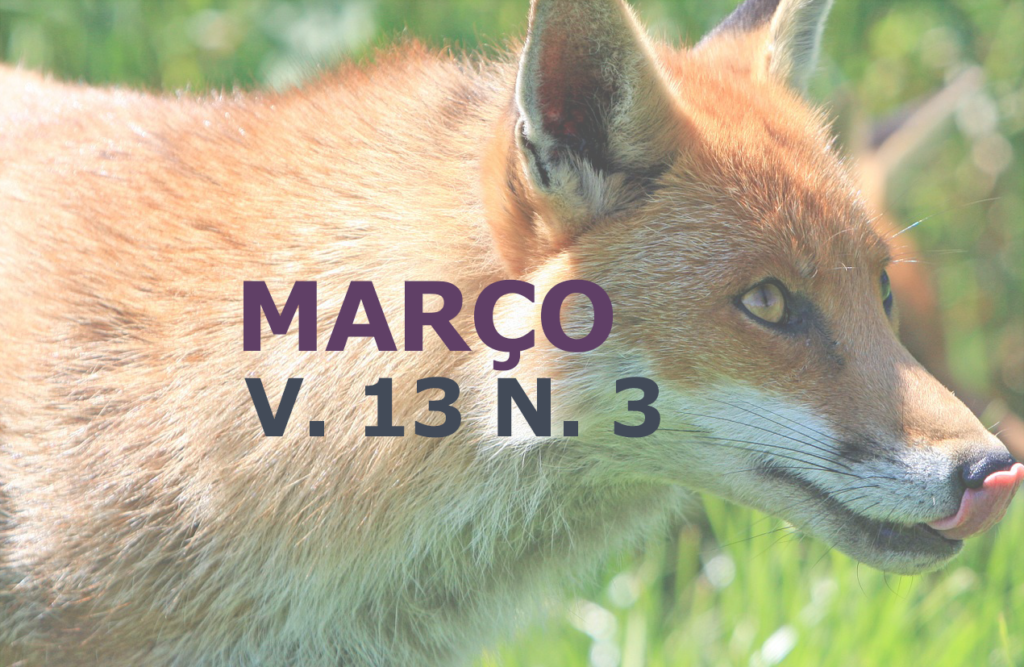Urolithiasis in guinea pig (Cavia Porcellus): Case Report
DOI:
https://doi.org/10.31533/pubvet.v13n3a286.1-9Keywords:
urethrotomy, urinary, urolithAbstract
Urolithiasis is a common disease characterized by the presence of stones in any segment of the urinary tract that affects guinea pig. Usually the calculus or uroliths are located in the bladder and urethra, mostly calcium-based (Calcium Carbonate and Calcium Phosphate). Females, especially those older than 4 years, are more affected. The clinical signs vary according to the location and quantity these calculi get together. The diagnosis is made with ultrasonography and radiographic with additional examinations that are required to assist the prognosis. The treatment is by surgery, which may be done by cystoscopy in females as well as a support treatment, besides owner orientation about diets and management, focusing on reducing incidence relapse. This paper reports a guinea pig clinical case, female, 4.8 years old, attended at the Veterinary School Clinic of the Universidade de Guarulhos, clinically diagnosed as tumor formation without mobility on a perivulve region, which a urolith were removed of the region by urethrotomy during surgery.
Downloads
Published
Issue
Section
License
Copyright (c) 2019 Yara Tayna Sato Pimenta, Renato Dalcin Segala, Maria Carolina Gonçalves Pita, Breno Aguiar Salzedas, Denise Macedo Lopes, Samara Oliveira dos Santos, Rafael Barbosa Cangussu

This work is licensed under a Creative Commons Attribution 4.0 International License.
Você tem o direito de:
Compartilhar — copiar e redistribuir o material em qualquer suporte ou formato
Adaptar — remixar, transformar, e criar a partir do material para qualquer fim, mesmo que comercial.
O licenciante não pode revogar estes direitos desde que você respeite os termos da licença. De acordo com os termos seguintes:
Atribuição
— Você deve dar o crédito apropriado, prover um link para a licença e indicar se mudanças foram feitas. Você deve fazê-lo em qualquer circunstância razoável, mas de nenhuma maneira que sugira que o licenciante apoia você ou o seu uso. Sem restrições adicionais
— Você não pode aplicar termos jurídicos ou medidas de caráter tecnológico que restrinjam legalmente outros de fazerem algo que a licença permita.





